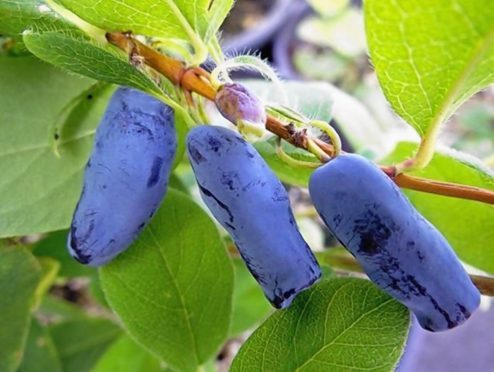Honeyberries – a cross between a raspberry and a blueberry – could offer a new opportunity for Scotland’s soft fruit producers.
That was the message at a meeting of the Scottish Society for Crop Research (SSCR) and Bulrush Horticulture Soft Fruit in Perthshire, where growers heard about the business potential of the so-called ‘superberry’ from Siberia and Japan.
Stewart Arbuckle, from soft fruit firm PA Arbuckle & Sons and planter of Scotland’s first orchard of honeyberries, said the berry was easy to grow and had the added benefit of being the first crop to fruit in the season – about 10 to 14 days earlier than local native strawberries.
LoveHoneyberry Solutions consultant Logie Cassells claimed honeyberry orchards could achieve revenues of £10,000-£25,000 and said the aim was to grow 5,000 acres over the next 10 years.
Rex Brennan, soft fruit breeder at the James Hutton Institute, said researchers were collaborating with PA Arbuckle & Sons in the propagation of honeyberries and were open to exploring new types of soft fruits and their nutritional and commercial possibilities.
He said: “Honeyberries originate from northern Asia, notably Siberia, and the blue-coloured fruit is of increasing interest due to its very desirable qualities, including very high levels of anthocyanin pigments.
“This has led to commercial production in places such as Canada and now the UK.”
